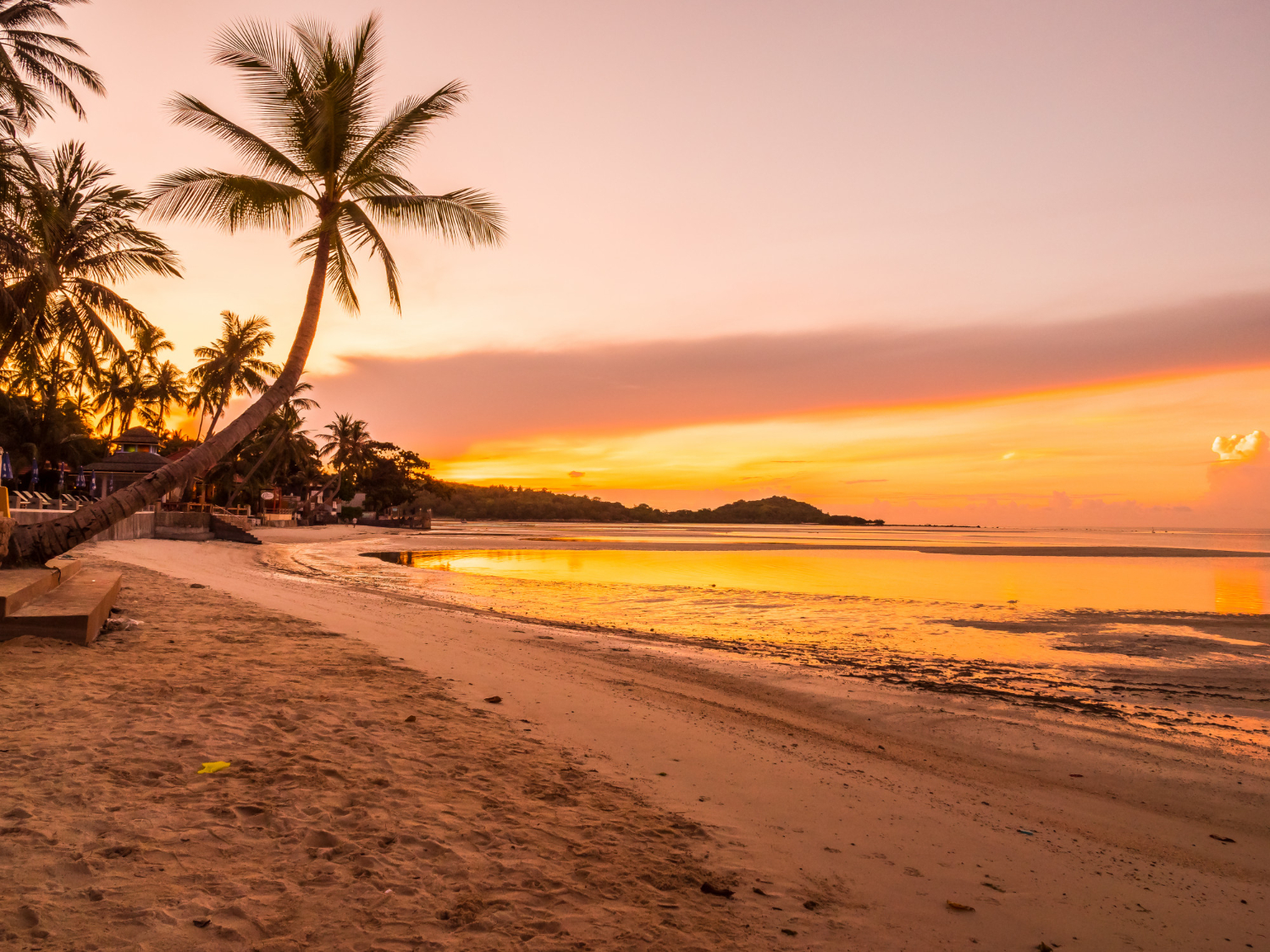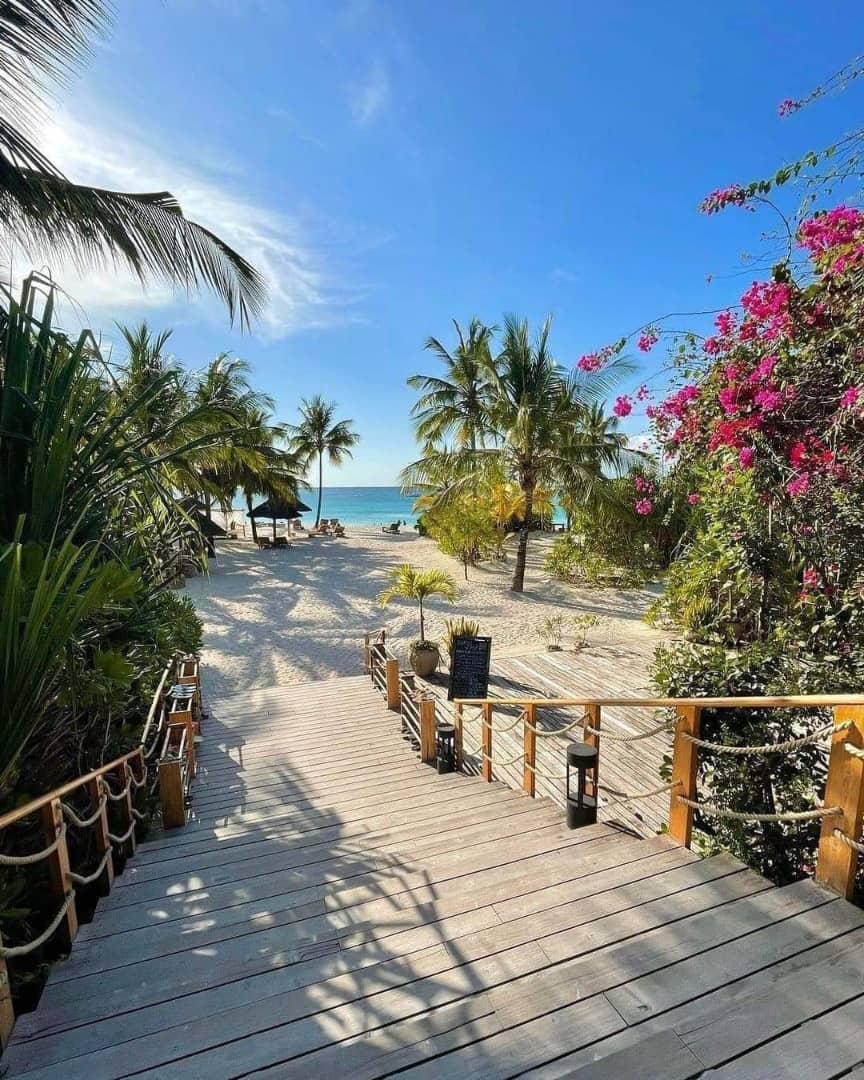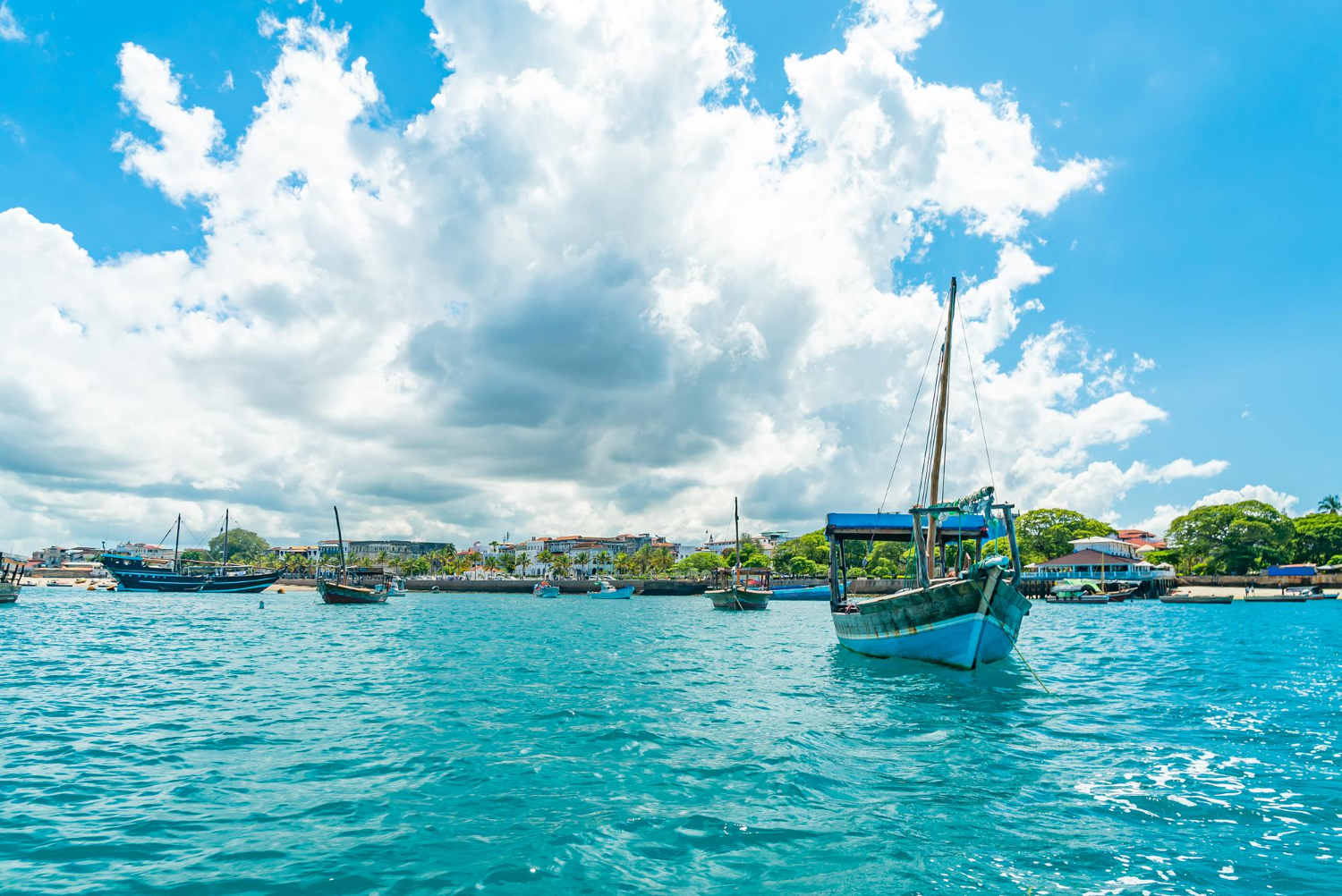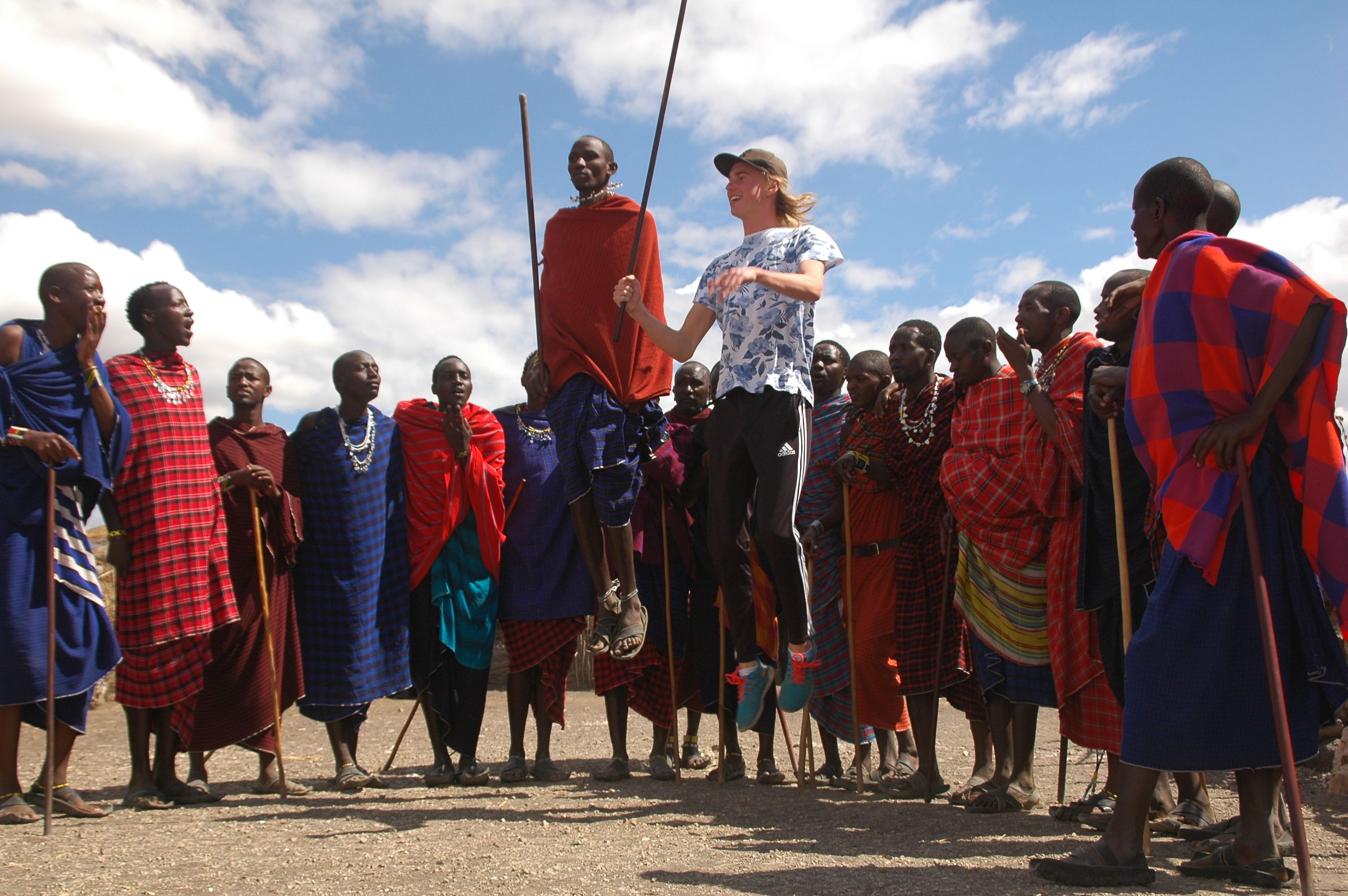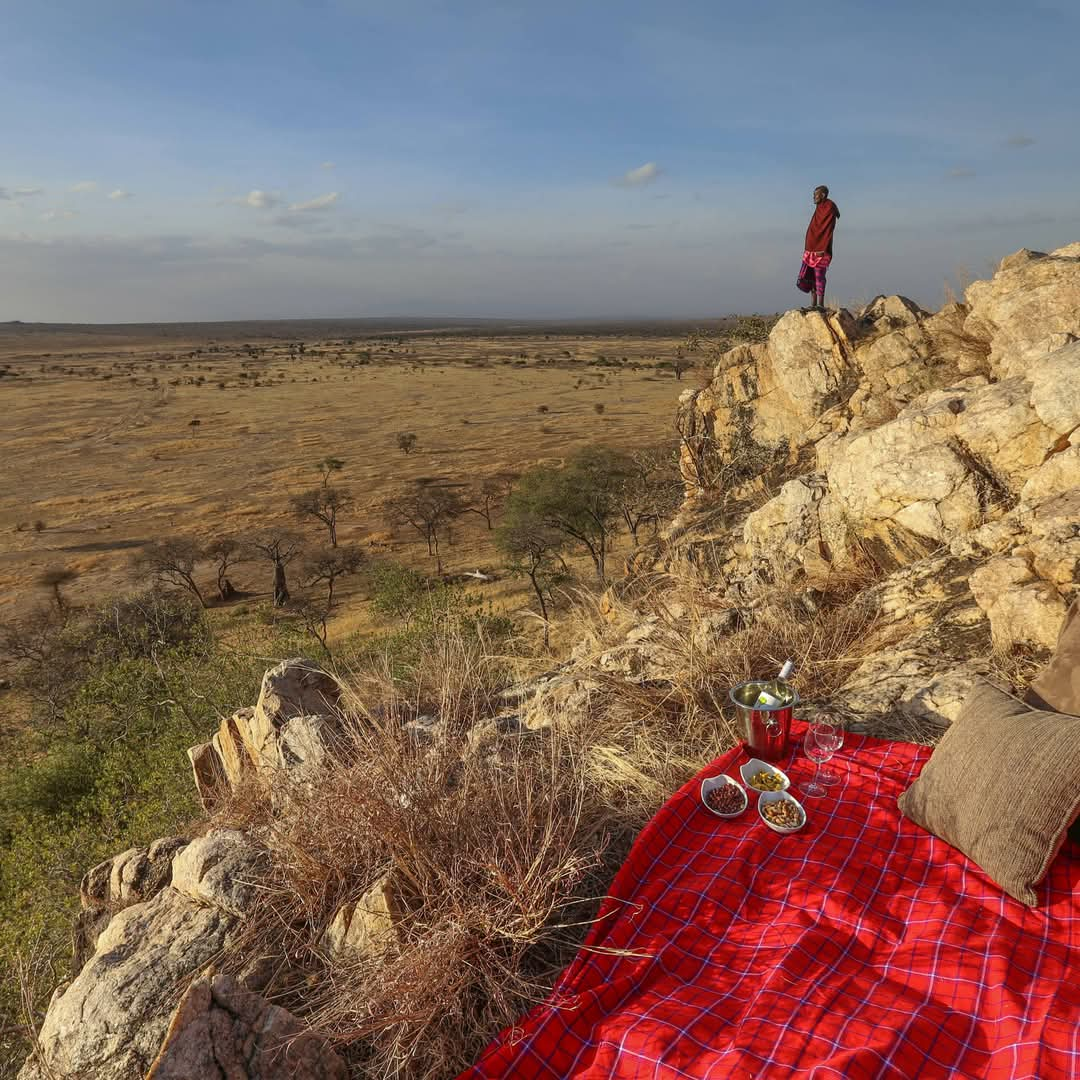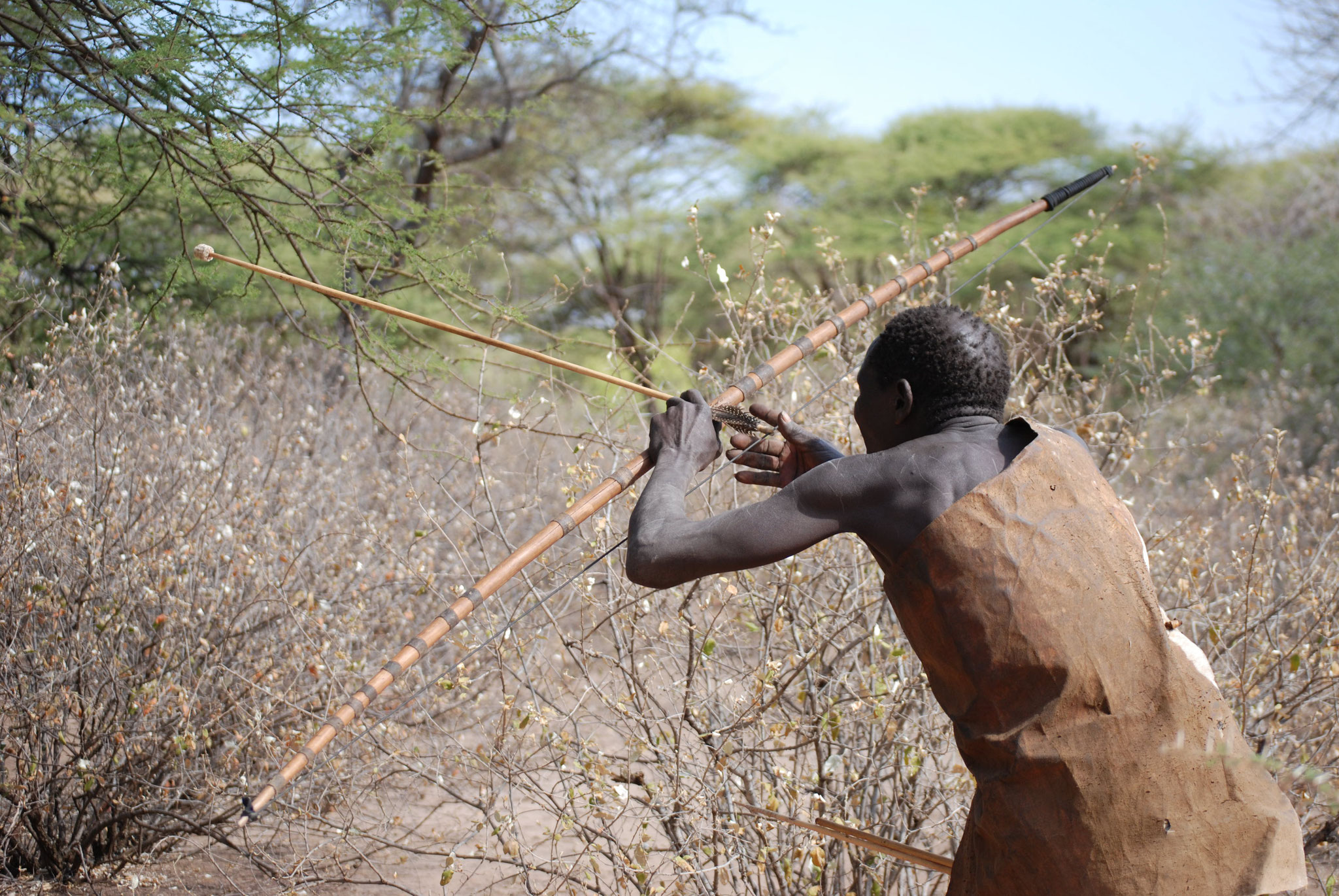Traditional Dress: Maasai men often
wear bright red shukas (robes), while women wear intricate beadwork and colorful garments. Their
adornments are both decorative and symbolic.
Language: The Maasai speak
Maa, though many also speak Swahili and English.
Warrior Culture: The Moran, or
young warriors, play a central role in protecting the community and upholding Maasai traditions.
Ceremonies and Rites: The Maasai
have rich ceremonies to mark stages of life, including initiation, marriage, and elderhood—each
involving dance, music, and rituals.
Beadwork: Maasai beadwork is
famous worldwide.
Each color and design has a meaning, often telling stories of community, status, and identity.
Visiting a Maasai village (Manyatta) offers a unique, respectful glimpse into one of Africa’s most
celebrated cultures. Cultural tours often include:
Traditional welcome dances and songs
Learning about Maasai lifestyle and
customs
Demonstrations of beadwork, fire-making, and
cattle herding
Exploring traditional huts known as
enkangs
Participating in storytelling or listening to
elders
Visiting a Maasai village (Manyatta) offers a unique, respectful glimpse into one of Africa’s most
celebrated cultures. Cultural tours often include:
Authentic Connection: Engage with
real Maasai people and hear their stories firsthand.
Cultural Preservation: Your visit
helps support community-based tourism and preserve traditional practices.
Educational Insight: Gain a deeper
understanding of Tanzania’s rich cultural diversity.
Step into a world of ancient traditions, fearless warriors, and vibrant heritage. The Maasai
culture is not just history it’s alive and thriving.
